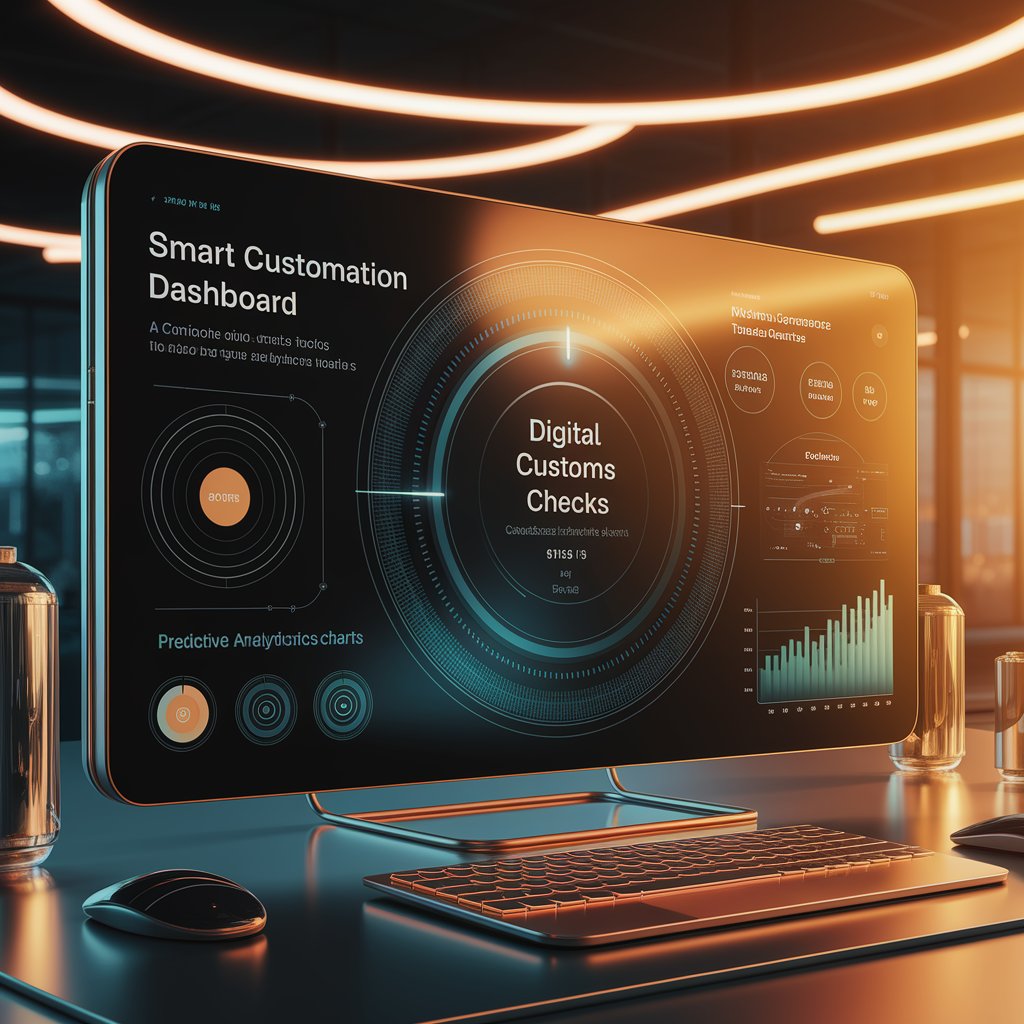Smart Customs Automation: Streamlining Border Operations with Linbis

Introduction
Linbis changes that with smart customs automation — a system that uses artificial intelligence and digital workflows to make customs processing faster, more accurate, and fully automated.
By connecting carriers, brokers, and customs authorities in real time, Linbis ensures your shipments move across borders seamlessly and compliantly.
Step 1: Centralize Customs Data
Linbis integrates all customs-related data sources into one unified platform:
- Shipment and invoice data from ERP or TMS systems.
- Product catalogs and HS codes for classification.
- Carrier and freight details from integrated APIs.
- Customs portals and EDI connections for document exchange.
- Regulatory updates pulled automatically from government databases.
This single data hub eliminates manual entry errors and guarantees that all information is consistent across documents and systems.
Step 2: Automated Documentation and Declaration
Linbis automatically prepares and submits customs documentation:
- Generates declarations, invoices, and packing lists with pre-filled data.
- Assigns correct HS codes using AI classification models.
- Applies digital signatures and submits forms via customs APIs.
- Automatically attaches compliance documents such as certificates of origin or safety data sheets.
This reduces declaration processing time from hours to minutes while minimizing human error.
Step 3: Compliance and Risk Checks
Before a shipment reaches the border, Linbis runs automated compliance validations:
- Scans for restricted goods or embargoed destinations.
- Cross-checks with export control lists and regulatory changes.
- Predicts potential clearance risks or holds using historical data.
- Flags incomplete or inconsistent documentation for review.
AI ensures every shipment is compliance-ready before submission, preventing costly detentions or penalties.

Step 4: Intelligent Workflow Automation
Smart customs automation in Linbis connects customs processes with other departments:
- When a shipment is booked, customs forms are generated automatically.
- When documents are approved, invoices and confirmations are sent to the client.
- When customs release occurs, delivery and billing workflows are triggered.
- When a hold is detected, the system notifies the responsible team instantly.
This cross-department automation eliminates silos and ensures real-time communication across the logistics chain.
Step 5: Predictive Customs Insights
Beyond automation, Linbis applies predictive analytics to improve customs performance:
- Forecasts clearance times for specific countries or ports.
- Identifies high-risk routes or frequent document issues.
- Analyzes customs agent performance and efficiency.
- Suggests optimizations for recurring trade lanes.
These insights help logistics teams refine their operations and avoid delays before they happen.
Step 6: Real-Time Dashboards and Alerts
Linbis dashboards provide full visibility into customs operations:
- Clearance status tracking for every shipment.
- Live performance metrics like processing time and success rate.
- Automated alerts for delays, holds, or compliance updates.
- Custom reports for audits and management reviews.
Everything is available in one smart, cloud-based interface — updated every second.

Advanced Features
- AI-based HS code assignment for error-free classification.
- EDI and API integration with customs authorities worldwide.
- Automated compliance screening and embargo validation.
- Predictive delay analysis and proactive alerting.
- End-to-end workflow automation from booking to clearance.
Real-World Example 🚛
A freight forwarder in Mexico adopted Linbis smart customs automation to handle U.S.–LATAM shipments.
In 3 months, they achieved:
- 50% faster customs clearance times.
- 90% reduction in manual errors.
- Full audit traceability for every declaration.
Now, all customs processes run automatically through Linbis — from document generation to release notification — with zero manual intervention.

Benefits 📈
- Speed: Cut customs clearance time in half.
- Accuracy: Eliminate manual data entry errors.
- Compliance: Stay aligned with international regulations.
- Visibility: Monitor every declaration in real time.
- Scalability: Automate cross-border operations globally.
Conclusion
With smart customs automation, Linbis transforms one of the most time-consuming logistics processes into a fully automated, intelligent workflow.
By combining AI, compliance monitoring, and digital connectivity, Linbis enables companies to move goods across borders faster, safer, and smarter.
Global trade doesn’t have to be slow — with Linbis, it’s fully automated.
